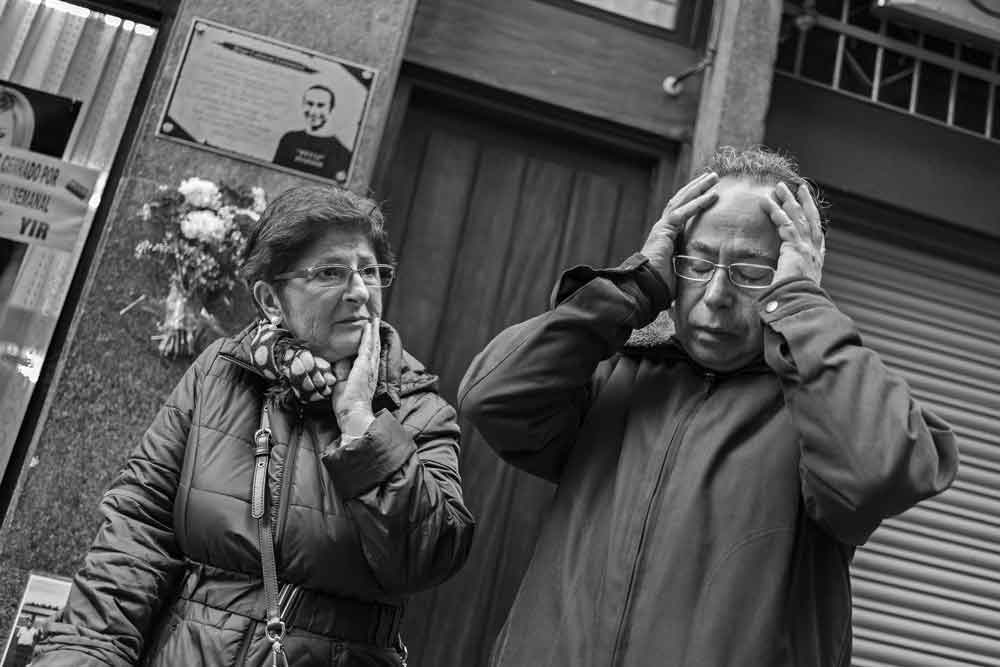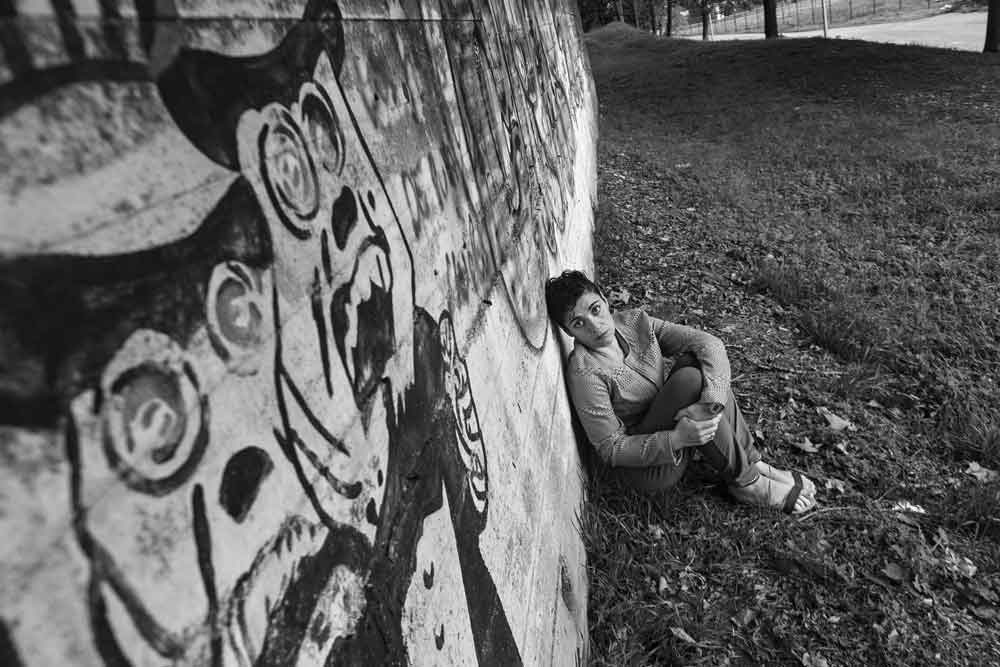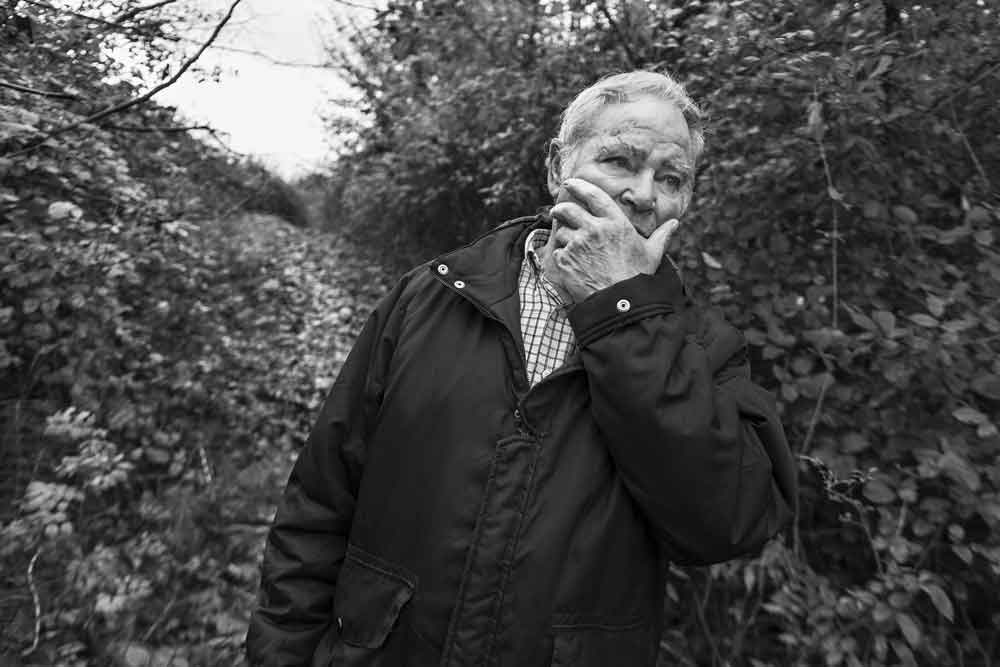
- Photographer Joseba Zabraise has published with the Fundación Memoria Vasca a book with 105 photographs of victims of the Spanish state produced in the last decades. He has travelled over 40,000 kilometres, has entered the kitchen of the families of the deceased and has brought his suffering from the past to the present. They wanted to show the pain of the families.

Joseba Zabraises comes to mind when it came to asking him about the reason for the book: "I was in the car and I heard on the radio that the victims of this conflict were only the ones that ETA had provoked. I became angry. What were my Basque professor Basajaun, Mikel Castillo from bar Katu, Mikel Zabraise – who still appears as a terrorist in the documents –, Lasa and Zabala and many more? I proposed a project to the Basque Memory, we accepted it and we addressed it.” Zabraise has put another example in the task of socializing and recovering the memory of these victims.
The book is based on black and white photographs. “I find them more serious and attractive for such cases, for example, to reflect loneliness.” Contact with the victim's family member, transfer to the place where he was killed or injured and take photographs on site. It is also a written explanation in each case in order to contextualize it. These places are special to relatives, become sacred and are not always able to attend: "A family member, for example, has never gone through where his brother was killed, cannot and turns a nut so as not to approach him. Other times it has been therapeutic and they say ‘after being there I feel better’ or ‘I didn’t know if I would be able’.
One or two family members appear in the photos. Sometimes there is no specific place of the victim, and they appear with some reminder, as in the case of José Miguel Etxeberria, mother of ‘Naparra’, Celes, and brother of Eneko: "The last time they saw him was in a car and the French police allowed the family to take a car recall. His father asked for the steering wheel and Celes and Eneko leave with him.”
However, there are also photos of living victims, given by family or friends, in the case of the deceased: “Germán Rodríguez, for example, what is it for us? A bearded or young man with a shot in front that we know in profile. Well, Germán, who comes out in the book, is the young man who climbed in Etxauri without beard.”
There is no hatred, they want the truth
Getting into the heart of pain is not easy: “Sometimes talking to families has been hard, at first often silence has been done, but as the project is talked about the environment gets warmer. They have pain, but over time, pain is not the same. Hatred has been discarded and that is very important for survival, because you cannot live with hatred. Forgiveness is not the most important thing for them, but the truth, what happened and why.”
There are also unknown cases such as that of Pedro Jesús Etxandi Iturri, 1975. He was a neighbor of Valcarlos (Navarra) from which he was shot by the Civil Guard when he was heading to Burguete. At the hospital, he said there was no control. He died a few days later. "The Civil Guard, in a small statement, reported that it had refused to submit to the Civil Guard's control. Since then, silence has been absolute.”
Koldo Arriola, 18, and a neighbor of Ondarroa, is also one of three unknown young people. “The year-end dinner with your friends and friends passed after dinner in front of the Civil Guard’s headquarters in the centre of Ondarroa. A civil guard told him to come in, entered and immediately a shot was heard, the young man rushed out to the street and fell dead on the ground, causing him death. They took him in the garbage truck to the cemetery and then the family managed to bring him home.”
According to Zabraise, the father acted in defense of the Francoists during the War of 36 and was a friend of the civil guards, although no one yet knows why they killed him. “It was a mistake. The famous captain Hidalgo, who was at the forefront of the barracks, said: ‘We go behind the evil ones and we don’t catch them, and then this has to happen.’ The trial was held, but there was no punishment, as in most cases in the book.
105 victims in 457 pages, including several ETA militants: "I don't come to judge them, some died with a gun in their hand and others were walking around, nothing else. For me, they are all victims who want to set history aside.”



